For a long time, I managed life with Hashimoto’s disease, experiencing thinning hair, weight gain, and extreme fatigue as part of my daily life. Over recent years, autoimmune conditions have been increasing, involving more than just thyroid problems. The common thread among these conditions is inflammation!
Although recovery involves multiple strategies, incorporating anti-inflammatories can support the body’s natural regulation and healing process.
Even without an autoimmune condition such as rheumatoid arthritis or irritable bowel disease, it’s possible to suffer from chronic inflammation. Conditions like osteoarthritis, which involves joint wear and tear, can also lead to inflammation. Moreover, inflammatory conditions can trigger additional health issues, such as elevated blood pressure and blood sugar imbalance.
Is Inflammation the Culprit?
Inflammation often gets blamed for causing problems, but it serves as a reaction from the body to a stressed immune system. According to podcast guest and functional medicine expert Maggie Berghoff, it’s a combination of toxin exposures and genetics contributing to this issue. Employing a comprehensive approach to diminish toxic burdens while reducing inflammation can be quite beneficial.
Numerous anti-inflammatory herbs also offer antimicrobial and detoxifying properties, providing further health advantages. By minimizing inflammation, these herbs can offer some pain relief and improve overall health. However, it’s important to note that while herbs can guide the body toward better health, they are not replacements for prescribed or over-the-counter pain medications.
Anti-Inflammatory Herbs
Several herbs can alleviate inflammation, but they each function uniquely. It’s not a matter of just taking curcumin supplements or sipping organic turmeric tea as a complete solution. For example, chamomile is notably effective when applied topically for inflammatory skin conditions.
Turmeric is known for its anti-inflammatory benefits and is one I frequently use. Enjoying it in a golden milk beverage offers a flavorful mix of earthy spices like black pepper, cinnamon, and ginger, sweetened with a touch of honey. Still, turmeric might not be suitable for everyone, as it can irritate some conditions and cause gastrointestinal issues if overconsumed. It is generally advised for those with congestive heart failure to avoid it.
Other well-known anti-inflammatory herbs include fennel, licorice, peppermint, rosehip, and holy basil (tulsi). Herbal tea blends, free from caffeine, offer a convenient way to enjoy the anti-inflammatory benefits of these herbs. Matcha and green tea are also excellent anti-inflammatories, rich in antioxidant polyphenols like EGCG, which help curb inflammation.
Creating Your Own Anti-Inflammatory Tea
Though you can purchase organic tea bags at a store, they may be pricey. To save money, I often buy herbs in bulk, including loose-leaf teas. While there are many anti-inflammatory ingredients to choose from, I opted for a blend that would generally benefit most people. Crafting tea doesn’t need to be an intricate process!
Here are the ingredients for this anti-inflammatory tea and the reasons for their inclusion:
-
Green Tea: This serves as the foundation, providing a robust flavor. It’s rich in epigallocatechin (EGCG), a powerful antioxidant effective against various inflammatory diseases. For a caffeine-free option, rooibos tea is a potent antioxidant also known to fight inflammation.
-
Ginger Root: Known for its pungent and warming properties, ginger tea reduces inflammation and alleviates nausea and mild pain. Some studies suggest ginger is as effective as ibuprofen for relief from arthritis and muscle discomfort.
-
Lemongrass: Used traditionally in Ayurvedic medicine for pain and inflammation, lemongrass leaves are applied topically to ease arthritis pain and improve circulation, thereby reducing joint inflammation. It gives the tea a lemony sweetness.
-
Hibiscus: These tart, fruity petals are high in vitamin C and contain numerous nourishing and anti-inflammatory polyphenols.
- Nettle: Often overlooked, nettle is nutrient-dense and serves as an anti-inflammatory antihistamine, making it beneficial for allergies and respiratory issues.
Be sure to choose high-quality herbs for your tea blend to maximize benefits!
This refreshing, fruity tea blend helps alleviate inflammation. Full of antioxidants and nutrients, it’s a great way to promote health!
Instructions:
- Boil water in a pot with a lid.
- Add herbs to the boiling water, turn off the heat, and cover to steep.
- Let the tea steep for 4 minutes, ensuring you don’t oversteep as green tea may become bitter.
- Strain the herbs and sweeten the tea to taste if desired.
- Enjoy warm or cold and store any leftovers in the fridge for up to 5 days.
Nutritional Information (per cup):
- Calories: 2
- Fat: 0.01g (0%)
- Sodium: 12mg (1%)
- Potassium: 13mg (0%)
- Carbohydrates: 0.4g (0%)
- Fiber: 0.1g (0%)
- Sugar: 0.01g (0%)
- Protein: 0.1g (0%)
- Vitamin A: 43IU (1%)
- Vitamin C: 0.03mg (0%)
- Calcium: 17mg (2%)
-
Iron: 0.1mg (1%)
- Percent Daily Values are based on a 2000 calorie diet.
Notes:
- 1/2 tablespoon equals 1 and 1/2 teaspoons.
- Nutritional data excludes optional honey.
Additional Anti-Inflammatory Tea Tips
-
Mix all dried herbs and store them in a glass jar for approximately 12 months. Use one teaspoon of the herbal blend per eight ounces of hot water.
-
Fresh ginger is a more effective anti-inflammatory than dried, though dried is useful for pre-mixing and convenience.
- Cold nettle tea acts as a diuretic, helping to eliminate excess water, but you’ll find yourself needing to use the bathroom more frequently!
What strategies have you found effective for combating inflammation? Any advice to share? Leave a comment and let us know!



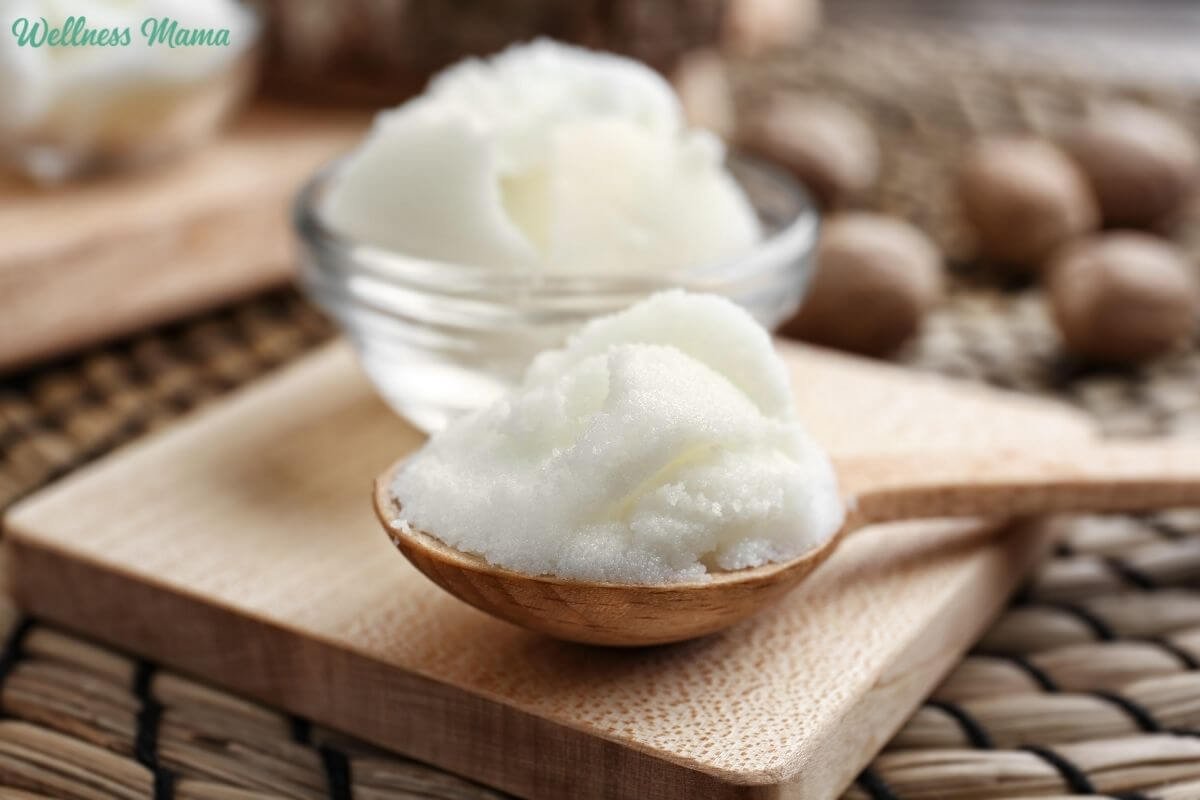
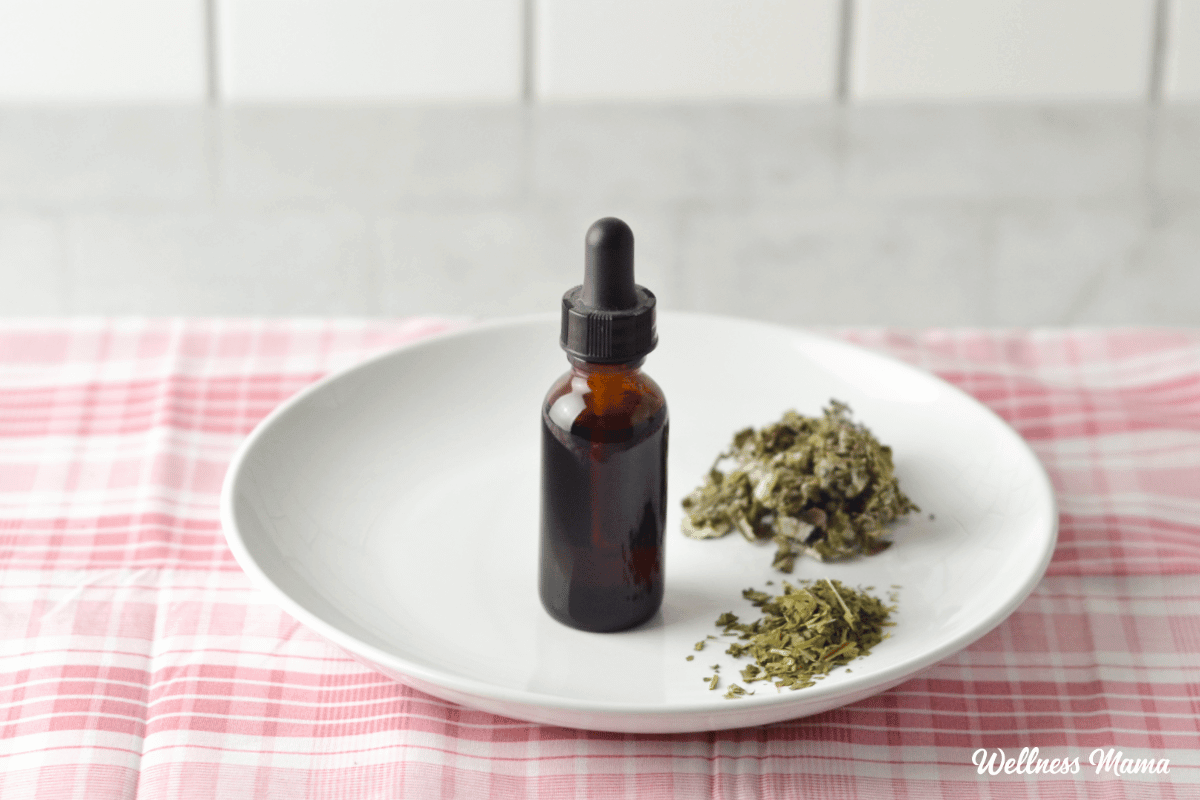

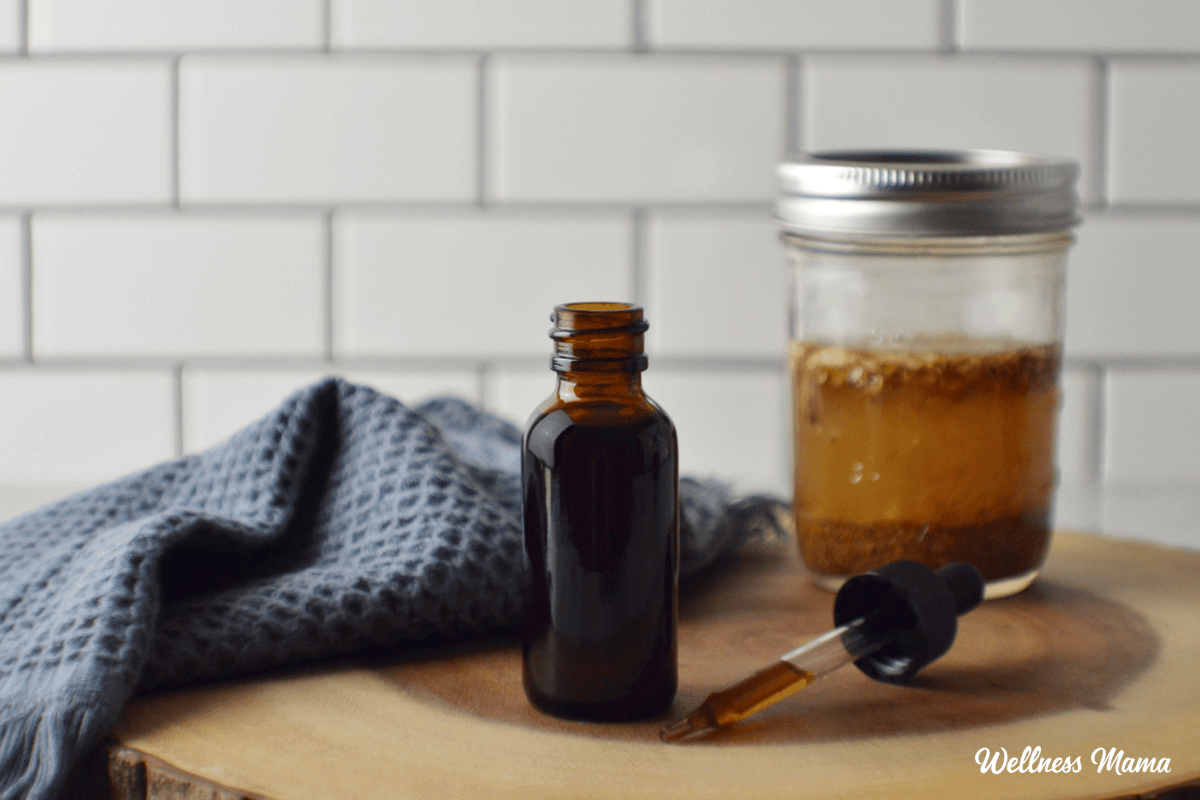



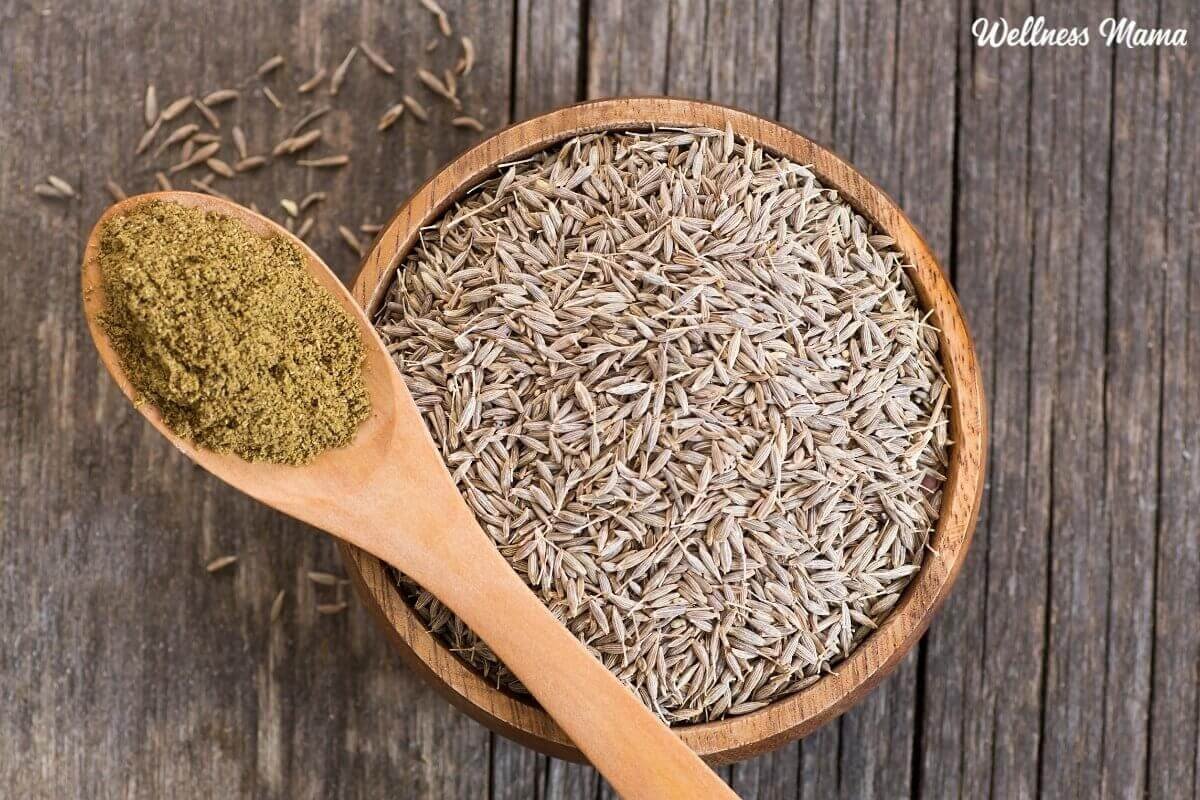



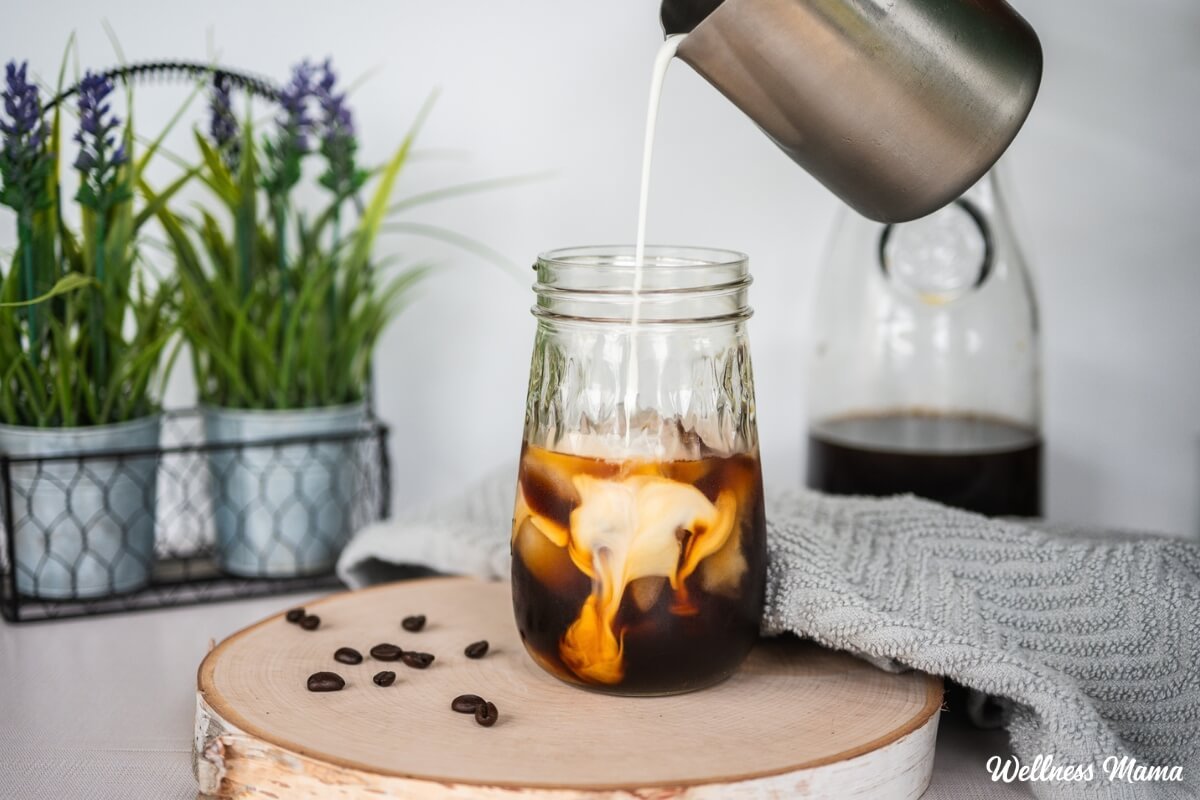
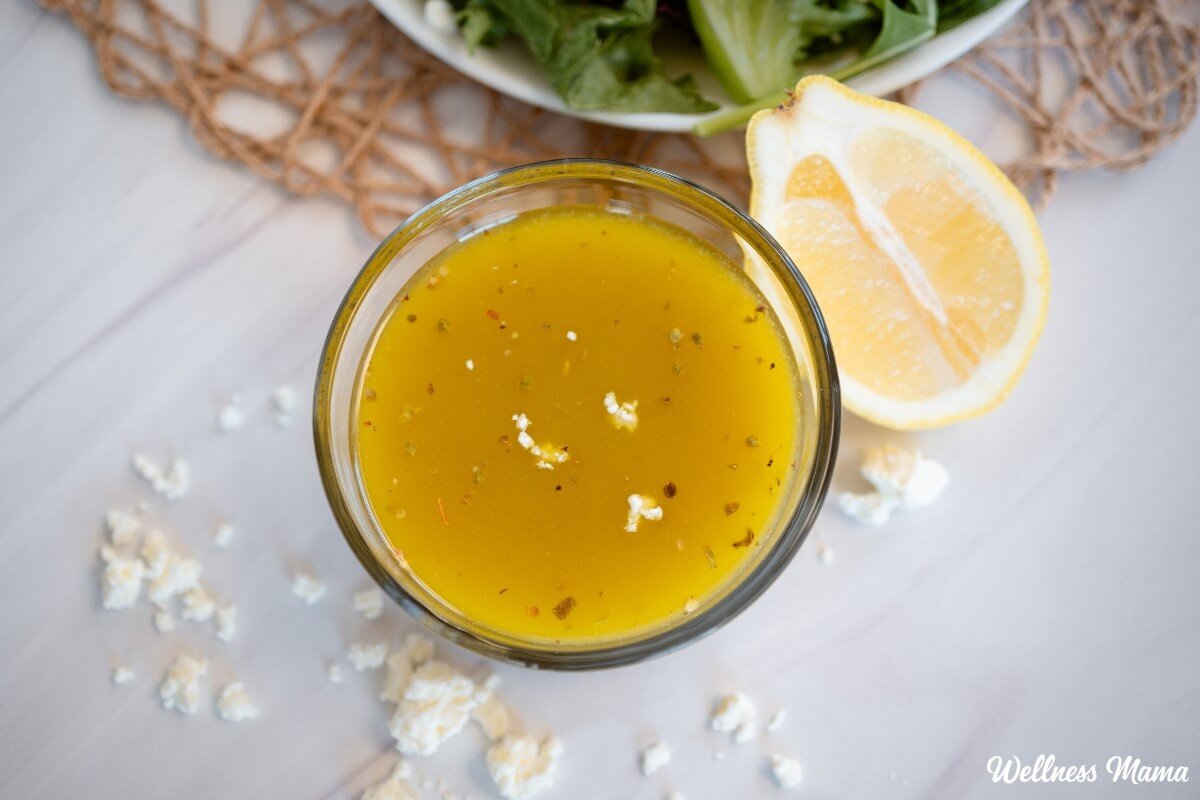
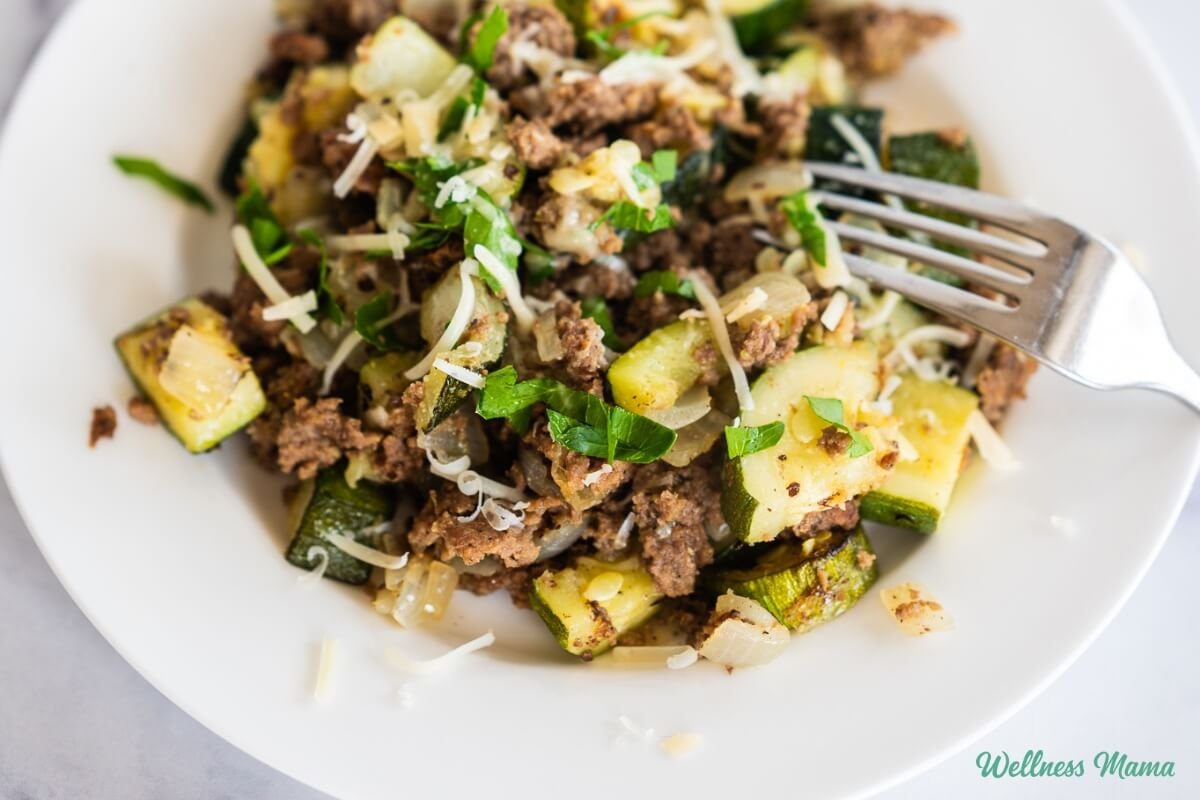
Leave a Reply